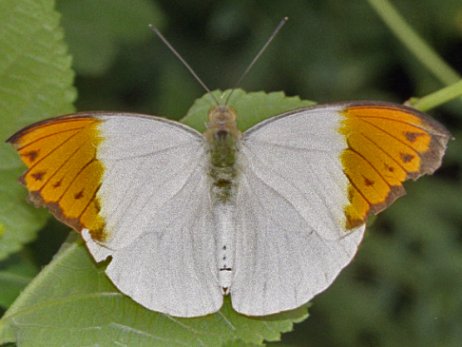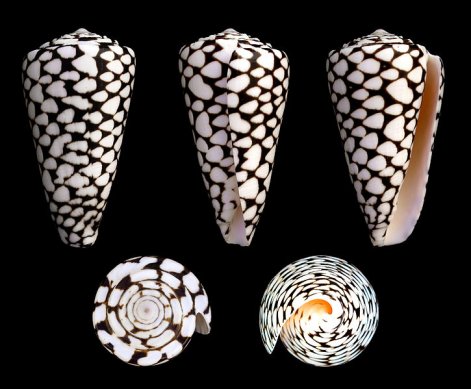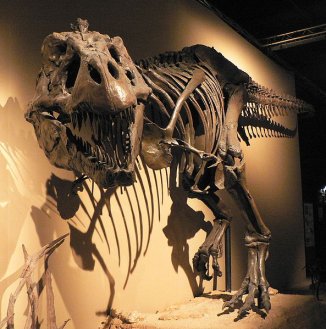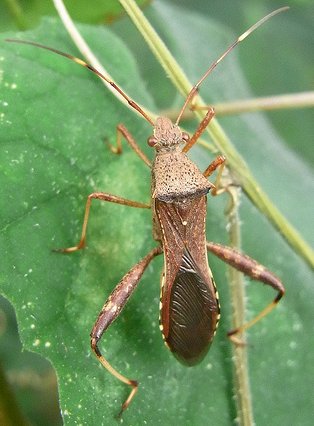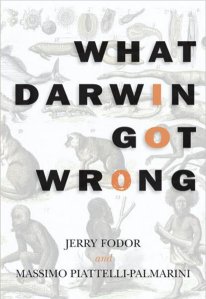In my previous article, I discussed a chemical found in both the great orange tip butterfly and the marble cone snail. I made the statement that the researchers were surprised to find that the chemical was identical in both species. A commenter asked a good question: When would the same chemical be different (across species or not)? I thought the best way to answer that question was with a new post.
When most of us think about chemicals, we think about simple molecules like water: H2O. The chemical formula of water tells us that there are two hydrogen atoms linked to one oxygen atom. In a glass of water, there are all sorts of molecules like this, and they are all identical. If we do something to change the chemical formula of the molecule, we come up with a completely different chemical. For example, if I were to add one more oxygen to the molecule, I would get H2O2, which is hydrogen peroxide. It is utterly different from water, so in molecules like these, even a change of one atom makes a world of difference.
However, the biological world isn’t quite the same. The molecules are incredibly complex, often composed of thousands of atoms. Consider, for example, proteins. These are large molecules made by linking smaller molecules, called amino acids, together. When amino acids link up together in a specific way, they tend to make a specific protein. An example would be the protein known as cytochrome c. It is a relatively simple protein found in almost all living organisms. It is simple because, as proteins go, it is rather small. In most living organisms, cytochrome c is composed of “only” about a hundred amino acids.1 That might sound like a lot, but there are proteins in living organisms that are composed of more than 25,000 amino acids!2 So as proteins go, cytochrome c is rather “simple.”
There are many ways to picture a protein, but one way is called a “ribbon diagram.” In this way of picturing a protein, you get a three-dimensional view of the overall backbone of the protein. Here is the ribbon diagram for cytochrome c:
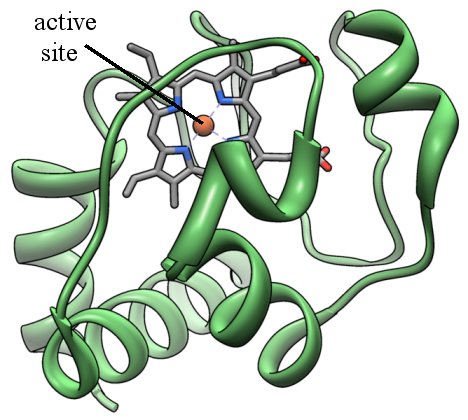
The green ribbons represent the structure of the backbone of the protein, and they are composed of many amino acids linked together. The gray bars represent the active site, which is where the protein does most of its work.
Continue reading “Same Chemical, Different Chemical Formula?”

